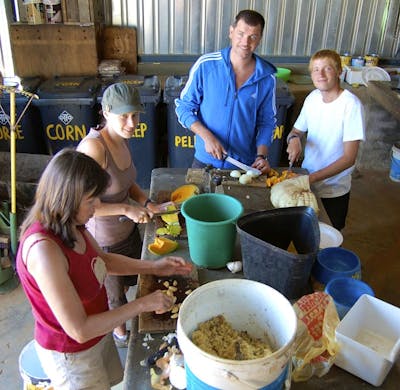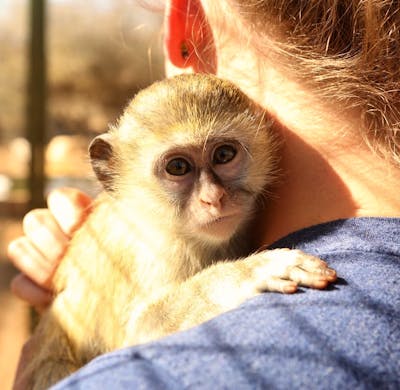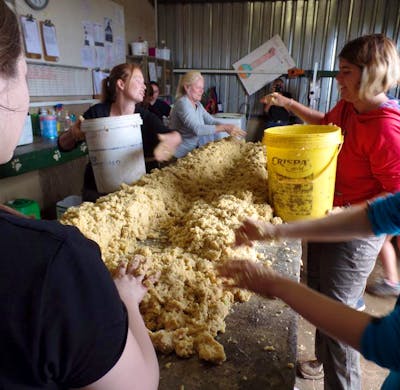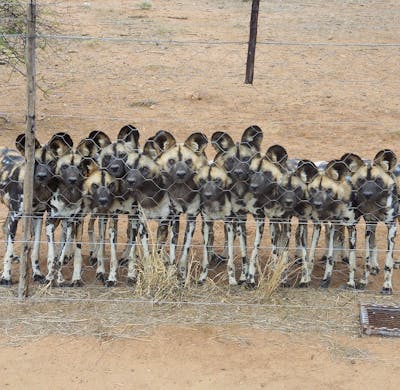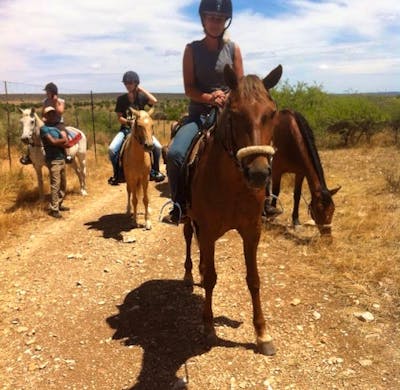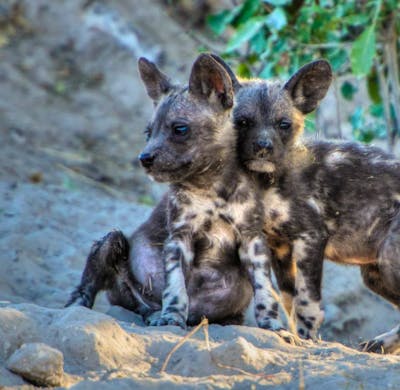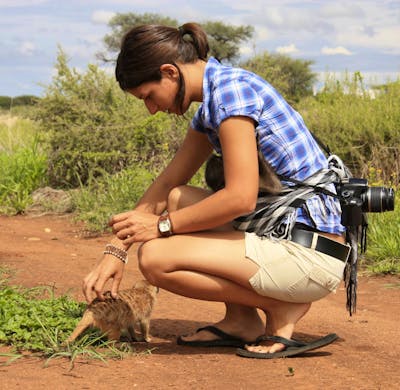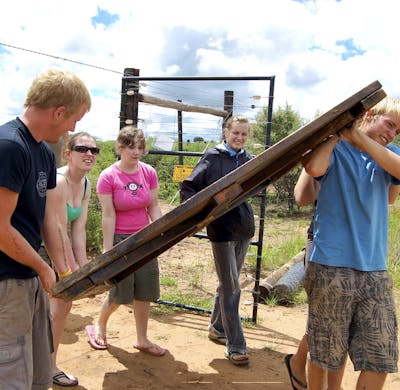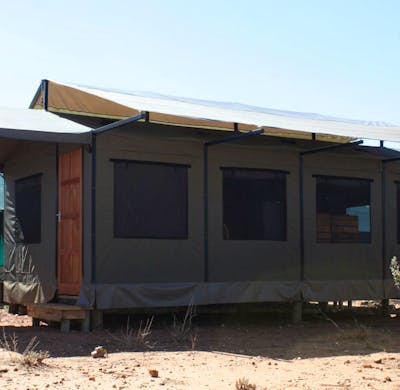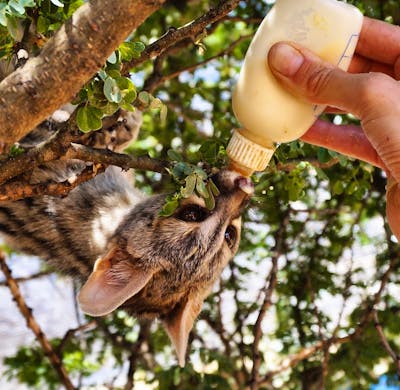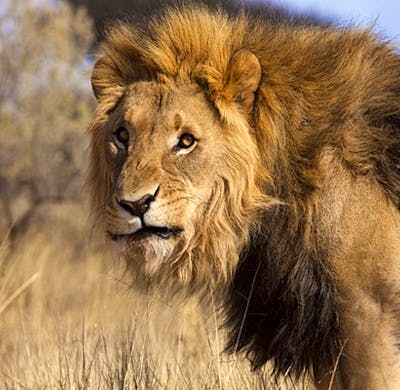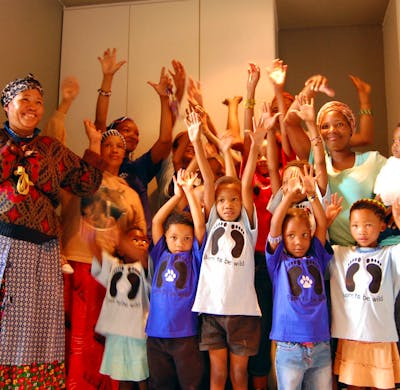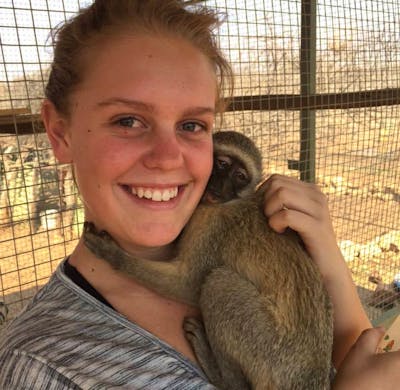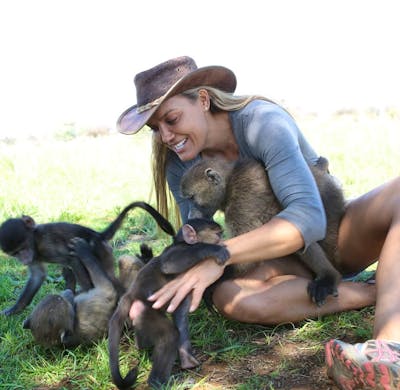2024 at Wildlife Sanctuary Supporter
from 1,358€
Wildlife Sanctuary Supporter
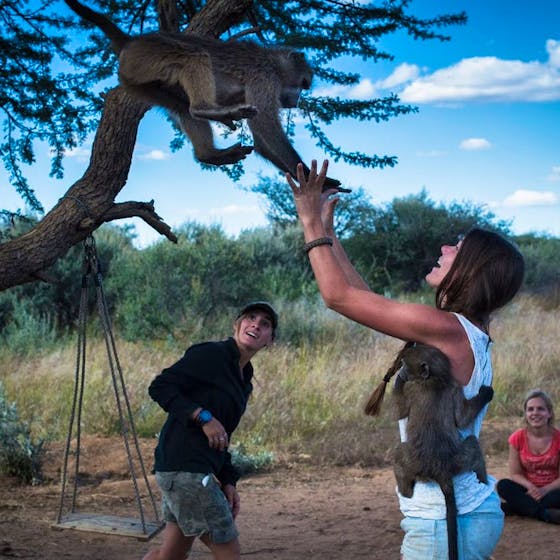
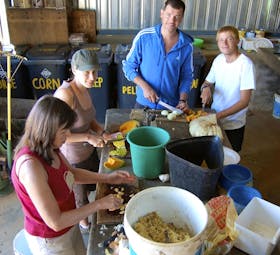
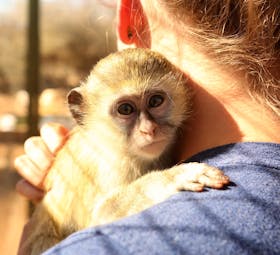
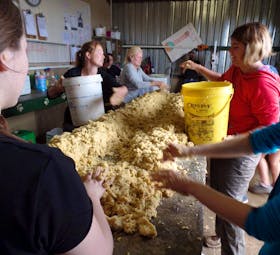
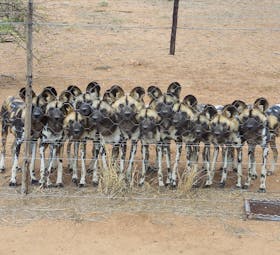
Complete your reservation as soon as possible. This project fills up quickly and is already booked on certain dates.
Highlights
- Engage in captivating animal welfare activities, including enriching experiences and guided walks in the African bush
- Make a meaningful impact by enhancing the living conditions of vulnerable animals in Namibia through vital environmental maintenance
- Join forces with the dedicated project team in their mission to rehabilitate and reintroduce numerous animals back into their natural habitats
- Immerse yourself in the world of Africa's extraordinary wildlife as you feed, care for, and gain invaluable knowledge about these magnificent species
Especially suitable
About the program
Here you'll direct all of your efforts towards the long term rehabilitation of animals. Experience hands-on volunteering with baboons, small animals and much more!
About The Project
Situated in the heart of the African savannah, this sanctuary serves as a refuge for Namibia’s injured and orphaned wildlife. Many of these animals have been relocated away from local farms as they are seen as ‘problem animals’, deemed to be a risk to livestock and crops ...
Typical day
A typical working week runs from Monday to Friday, with each day beginning at 7am and ending around 5pm/6pm. During this time, you will take part in a combination of the activities found below.
Baboon Walk
The sanctuary is home to a number of baboons that have been orphaned as a result of the ...
Free-time activities
Whilst on the project, you will have the weekday evenings and all weekend to relax.
Please note, however, that the animals do still need to be fed on the weekends, therefore a small amount of time may be set aside for this.
You are welcome to spend your free time as you please:
- head out on a nature ...
Requirements
What's Included
What's NOT included?
Details on arrival
You can choose to arrive on any day of the week throughout the year (subject to availability). Please contact us to check whether your preferred start date is still available!
Program fees
Meet your organization
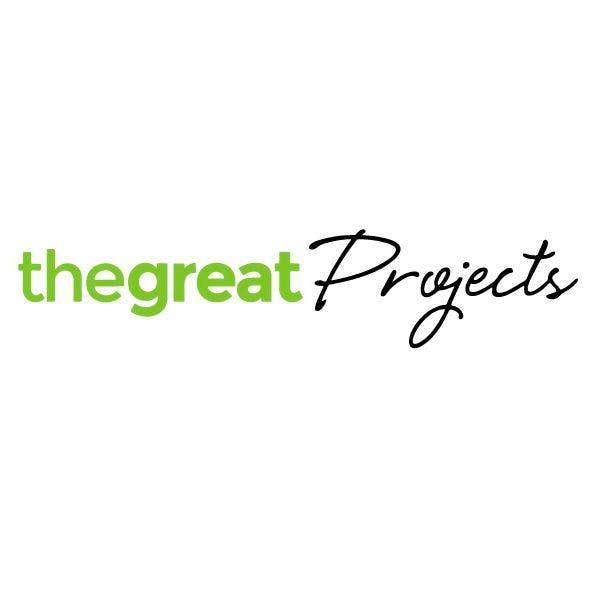
The Great Projects
Agency - founded in 2003
Verified by Volunteer World
Coordinated by
Lauren
About the project
193 reviews ·  4.6
4.6
Location

You might also be interested in
-
Windhoek
African Wild Dog Conservation
Cheetah Conservation
Leopard Conservation
Lion Conservation
Monkeys
Family Volunteering
50 Plus Volunteering
Animals in Africa
Volunteer Trips for College Students
Group Volunteering
Voluntouring
Best Volunteer Programs
Mission Trips to Africa
Adults
Mission Trips
Big 5
Wildlife in Namibia
Cheetah Wildlife Sanctuary
Big Cats
African Wildlife
Global Volunteer Opportunities
Projects Abroad
Couples

